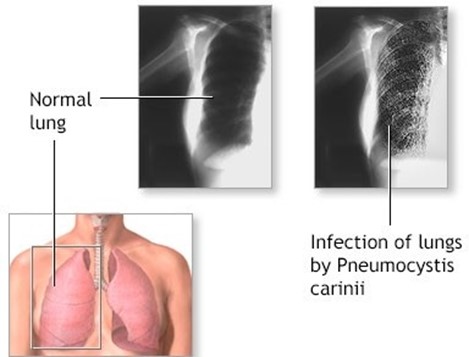LPN -N101 exam 4
LPN -N101 exam 4 ( 39 Questions)
A client is hospitalized with Pneumocystis carinii pneumonia. The nurse notes that the client has had no visitors, seems withdrawn, avoids eye contact and refuses to take part in conversation. In a loud, angry voice the client demands that the nurse leave the room. The nurse formulates a diagnosis of Social isolation. Based on this diagnosis, what is an appropriate goal of care for the client? Select one answer
Choice A reason: Symptoms are subjective data that are reported by the client, such as pain, nausea, or fatigue. They are not observable or measurable by the nurse, and they may vary depending on the client’s perception or expression. The data that the PN discovered are not symptoms, but objective data that are observed or measured by the nurse, such as skin condition, oral mucus membranes, and temperature. Therefore, this choice is incorrect.
Choice B reason: Urinary retention is a condition in which the client is unable to empty the bladder completely or at all. It can cause symptoms such as difficulty or pain in urinating, frequent or urgent urination, or abdominal distension. It can also lead to complications such as infection, kidney damage, or bladder rupture. The data that the PN discovered are not related to urinary retention, but to dehydration or fever. Therefore, this choice is incorrect.
Choice C reason: Signs of fluid overload are objective data that indicate excess fluid in the body, such as edema, weight gain, crackles in the lungs, or elevated blood pressure. They can result from conditions such as heart failure,
kidney failure, or liver cirrhosis. The data that the PN discovered are not signs of fluid overload, but signs of fluid deficit or heat stroke. Therefore, this choice is incorrect.
Choice D reason: Data clustering is a process of grouping related data together to form a meaningful patern that can support a nursing diagnosis. It can help the nurse to identify the client’s problems, needs, or risks, and to prioritize and plan interventions accordingly. The data that the PN discovered are an example of data clustering, as they represent a patern of signs that indicate a possible problem such as dehydration or fever. Therefore, this choice is correct.
Choice A reason: Symptoms are subjective data that are reported by the client, such as pain, nausea, or fatigue. They are not observable or measurable by the nurse, and they may vary depending on the client’s perception or expression. The data that the PN discovered are not symptoms, but objective data that are observed or measured by the nurse, such as skin condition, oral mucus membranes, and temperature. Therefore, this choice is incorrect.
Choice B reason: Urinary retention is a condition in which the client is unable to empty the bladder completely or at all. It can cause symptoms such as difficulty or pain in urinating, frequent or urgent urination, or abdominal distension. It can also lead to complications such as infection, kidney damage, or bladder rupture. The data that the PN discovered are not related to urinary retention, but to dehydration or fever. Therefore, this choice is incorrect.
Choice C reason: Signs of fluid overload are objective data that indicate excess fluid in the body, such as edema, weight gain, crackles in the lungs, or elevated blood pressure. They can result from conditions such as heart failure,
kidney failure, or liver cirrhosis. The data that the PN discovered are not signs of fluid overload, but signs of fluid deficit or heat stroke. Therefore, this choice is incorrect.
Choice D reason: Data clustering is a process of grouping related data together to form a meaningful patern that can support a nursing diagnosis. It can help the nurse to identify the client’s problems, needs, or risks, and to prioritize and plan interventions accordingly. The data that the PN discovered are an example of data clustering, as they represent a patern of signs that indicate a possible problem such as dehydration or fever. Therefore, this choice is correct.

